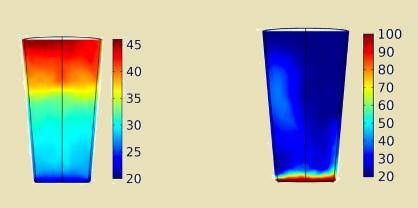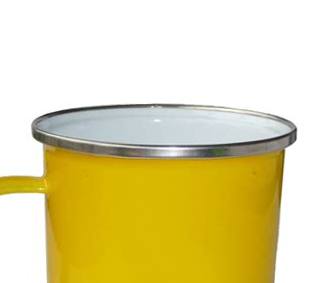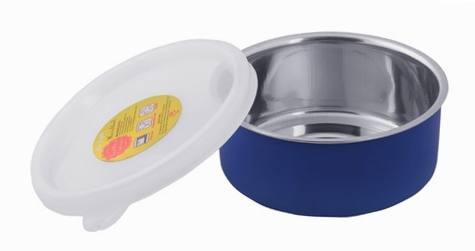Science Finally Weighs On Whether It’s Better To Microwave Or Boil Your Water On A Stove
The controversy of “The Correct Way To Make Tea,” has heated up again. In a new study scientists concluded that water, or any other liquid for that matter, just isn’t the same as when it is heated on the stove in a kettle.
Science has finally confirmed what many people (especially the Brits) have know for years. Water that’s heated in a microwave oven is NOT the same!
Microwave Vs Stovetop
First of all, microwaves heat liquids very unevenly. They heat the liquid at the top of the container first and this top area becomes much hotter than the bottom.
In the scientific journal AIP Advances, published by the American Institute of Physics, researchers cite a study done by Chinese scientists that document this phenomena.
The study showed that when a liquid is being warmed on a source of heat such as an electric kettle or stove burner (electric and gas showed the same results), heat is transferred to the liquid through what is know as convection.
This is the transfer of heat by direct contact with the heat source. In this case, the kettle sitting on the stove burner.
As the liquid heats, its molecules absorb more energy and begin to move much faster, making the liquid less dense. As this happens, the less dense (warmer) liquid moves upward towards the surface of the container.
Will Science Win The Day?
This creates a flow or current of liquid moving from the bottom to top of the container. This current circulates the liquid forcing the cooler, more dense liquid towards the bottom of the container. This results in a uniform temperature increase throughout the entire container.

In the illustration above, the water on the left was heated by a microwave oven while the water on the right shows water heated by convection, such as when heated on a stove-top burner.
When liquid is being microwaved, the microwaves permeate and pass through the entire container at the same time. This heats all of the liquid at the same time. Therefore, convection never occurs and that circulation effect never happens.
Is Microwaving Safe?
The results of this study have even greater consequences when considering the cooking and heating of food and the resulting end product as compared to conventional heating and cooking on a stove or in an oven.
But, that’s for another discussion at a later date.
Scientists at the University of Electronic Science & Technology in China claim invented a viable solution to this problem.
A Silver Lining For Your Tea?
They have designed a cup with a silver plated rim that is able to absorb or shield the microwave radiation (yes, it’s a form of radiation), around the liquid at the top of the cup.

They say the silver guides the microwaves, reducing the electric fields, effectively blocking the heating effect and therefore resulting in a heating of the liquid that resembles the stove-top method.
As you may have heard, or found out the hard way yourself, that placing metal objects in microwaves produces a electrical “light show” that seems quite dangerous.
Baoqing Zeng, one of the leading authors of this invention, said that, when designed correctly, metal containing vessels can be placed in a microwave oven safely.
Various cooking devices are already widely in use today in the form of vegetable steamers, rice cookers and even certain types of microwavable meal packaging.

Zeng said, “After carefully designing the metal structure at the appropriate size, the metal edge, which is prone to ignition, is located at weak field strength, where it can completely avoid ignition, so it is still safe,” in a recent news release.
A prototype was manufactured that supposedly solves this issue.
It should be pointed out here that some scientific studies claim to show that microwaves draw out more of the tea’s beneficial chemical compounds, such as caffeine and catechins.
But, these studies were sponsored and conducted by the microwave oven industry so they should be taken with a grain of salt.
The scientifically proven, detrimental and even dangerous chemical mutations of food when microwaved has long been know and documented.

Thanks for the informative info on the dangers of microwaving food. I always though that it was dangerous.
Hi there, I learned the truth about microwave ovens by reading your blog. Looking forward to more fact based coffee info. Siki.
Hi JavaKing! Here’s a link to some more info about the health effects and nutritional effects of microwaving food.
I found your site while researching the dangers of microwaving food and boiling water in the microwave. It just happens that I’m a caffeine junky and I really loved reading your articles. Please post more frequently. Thanks.
I have been reading out many of your stories and i must say nice stuff. I will surely bookmark your website.
One of my instagram followers suggested your site. I think it’s great. Do you ever use any guest posting? If so, how can I submit a post? Thnxxx.